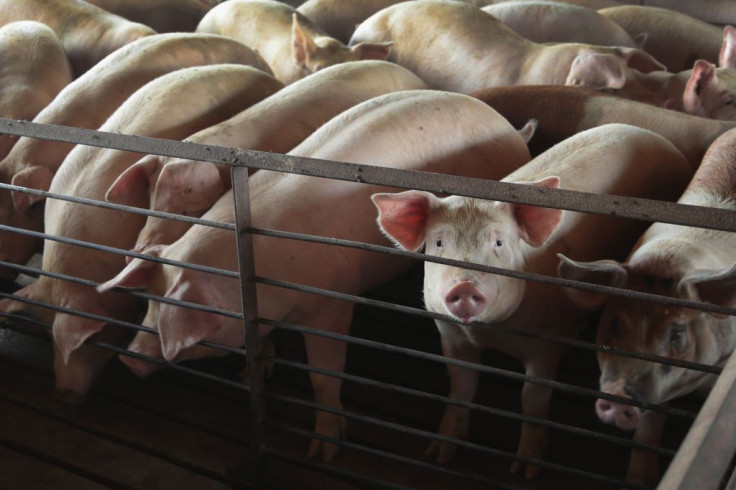Lab-Grown Lungs? Scientists Transplant Bio-Engineered Organ Into Pigs Successfully

Four years after developing first-ever lab-engineered lungs, scientists at the University of Texas Medical Branch have managed to transplant the organ into pigs, with no complication whatsoever.
The organ, which was bio-engineered over a 30-day period, helped the recipient animal survive just as the team expected. In fact, researchers now believe further developments in this field could ultimately achieve their main goal — development of lab-grown lungs for human recipients.
Every year, thousands of patients remain on the waiting list for lung transplantation. The number of recipients with failing organ has been increasing, while donors who could provide a viable match for the patients in question are very limited.
This prompted the researchers to create a new, home-grown source for lungs.
“Our ultimate goal is to eventually provide new options for the many people awaiting a transplant,” Joan Nichols, one of the researchers involved in the work, said in a statement.
Though the first bioengineered lungs were created in 2014, scientists couldn’t ensure survivability of the subject it was tested on. However, in this case, the whole organ was successfully transplanted into pigs, which made a near-ideal analog for organ transplantation tests, due to their size, for the first time.
As the team described, the lung in question was created with the help of a scaffolding, a framework that could allow the pigs’ cells and blood vessels to grow.
They first took lungs of an already dead pig and treated it with a solution of sugar and detergent. This washed off cells and blood vessels from the removed organ, leaving just the scaffolding of tough proteins or the skeleton of the lung behind.
After prepping the scaffolding, the researchers treated it with a carefully prepared mixture of growth-bolstering nutrients and lung cells harvested from the recipient pig. Finally, the bioengineered lung was allowed to grow in a bio-reactor for about 30 days.
They then transplanted the lungs into four different pigs. One of them died just in 10 hours, but the other three remained healthy and alive on the scale of a couple of weeks to months.
During this period, the team noted the transplanted lungs were accepted by the animals’ body and started growing just as they expected. Their tissue developed normally and a strong network of blood vessels – connected with the vascular system – was also established just two weeks after the surgery.
“We saw no signs of pulmonary edema, which is usually a sign of the vasculature not being mature enough,” Nichols and Joaquin Cortiella, another author of the study, added. “The bioengineered lungs continued to develop post-transplant without any infusions of growth factors, the body provided all of the building blocks that the new lungs needed.”
Though the results of the work look promising and indicate the bio-engineered lung was not rejected by the animals’ body, the team stressed they would further study to determine if it were functioning as a normal lung, particularly from the aspect of breathing.
That said, the team believes further development in the field and ensuing tests on pigs could lead to the development of bio-engineered lungs for human recipients. However, as the current organs are far from clinical tests, the team think it could still take them 10 to 15 years to make that happen.
The study titled, "Production and transplantation of bioengineered lung into a large-animal model," was published in the journal Science Translational Medicine.
© Copyright IBTimes 2024. All rights reserved.





















